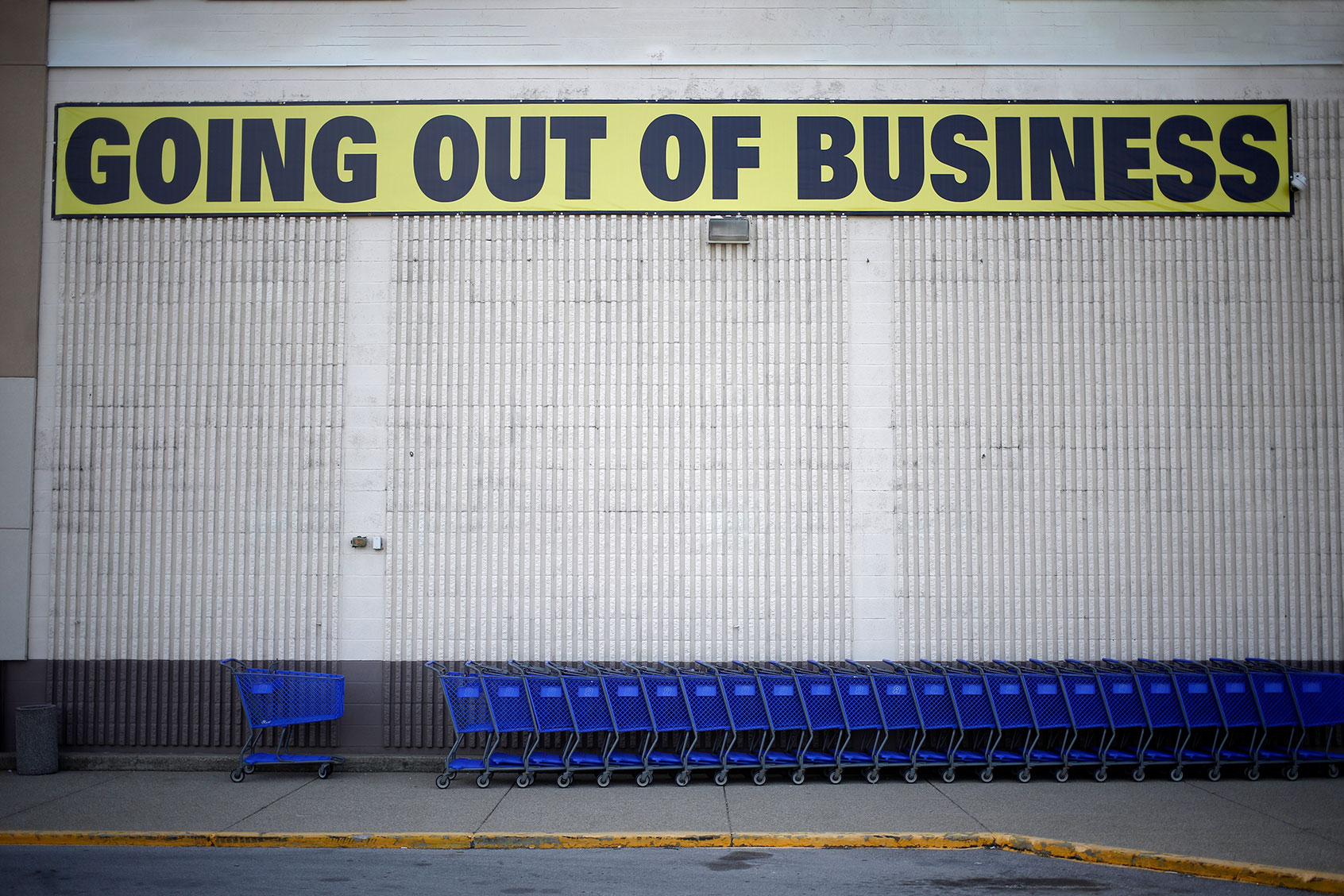Despite the recent announcement of Family Dollar closing nearly 1,000 of its 8,000 American locations, dollar stores continue to proliferate across the nation. According to a report from the Institute for Local Self-Reliance, the number of dollar stores in the United States has surged from 20,000 to over 30,000 since 2011, surpassing the combined count of Walmart and McDonald’s outlets.
Despite their limited offerings in fresh produce and meat, dollar stores are experiencing remarkable growth as food retailers in the country, as highlighted in a 2023 study from Tufts University School of Medicine and the Friedman School of Nutrition Science and Policy, published in the American Journal of Public Health.
One major reason for this trend is the gradual withdrawal of major supermarkets from many low-income neighborhoods over the past five decades.
As detailed in a 2005 study titled “Attracting Supermarkets to Inner-City Neighborhoods: Economic Development Outside the Box” by Kameshwari Pothukuchi, supermarkets began exiting mixed-income central city neighborhoods following civil disturbances in the late 1960s and 1970s, a trend exacerbated by subsequent mergers among top grocery chains in the 1980s. Consequently, urban communities, particularly those of color, have been left with a void that dollar stores are filling.
Why Supermarkets Left Some of America’s Poorest Neighborhoods (Credits: CNN)
However, the absence of supermarkets in these areas has broader implications, contributing to the phenomenon of “food deserts.” Dave Olverson, in his article “The Death of the Neighborhood Grocery Store,” notes the difficulty in obtaining zoning approval for small commercial buildings in residential neighborhoods, effectively outlawing neighborhood grocery stores nationwide.
This lack of access to supermarkets and neighborhood grocery stores limits residents’ choices, forcing them to travel for groceries and depriving them of agency in addressing their community’s needs. Supermarket location decisions are influenced by various factors including market dynamics, demographics, and real estate considerations, as stated by Heather Garlich of FMI, a trade group for the food retail industry.
However, studies suggest that some supermarket chains may perceive low-income urban areas, particularly those with predominantly Black populations, as higher-risk locations due to concerns about crime and profitability. This perception has led to what some describe as “supermarket redlining,” wherein these areas are underserved by major supermarket chains.
Why Supermarkets Left Some of America’s Poorest Neighborhoods (Credits: Moguldom)
Attempts to attract supermarkets to such areas, including offering tax incentives, have often been unsuccessful. Former Philadelphia mayor Michael Nutter recounts challenges in convincing national grocery retailers to invest in predominantly Black neighborhoods, citing stereotypes about spending habits.
Even when supermarkets do establish a presence in these communities, their commitment is not always long-term. The closure of major grocery chain outlets in low-income neighborhoods, such as Whole Foods in Englewood, Chicago, and Aldi in North Minneapolis, further underscores the challenges faced by these communities. Such closures leave residents grappling with food insecurity and a lack of essential goods and services.
The proliferation of dollar stores in underserved communities reflects broader issues of economic inequality and access to essential resources. Despite efforts to address these disparities, challenges persist in ensuring equitable access to quality food and grocery options for all communities.
